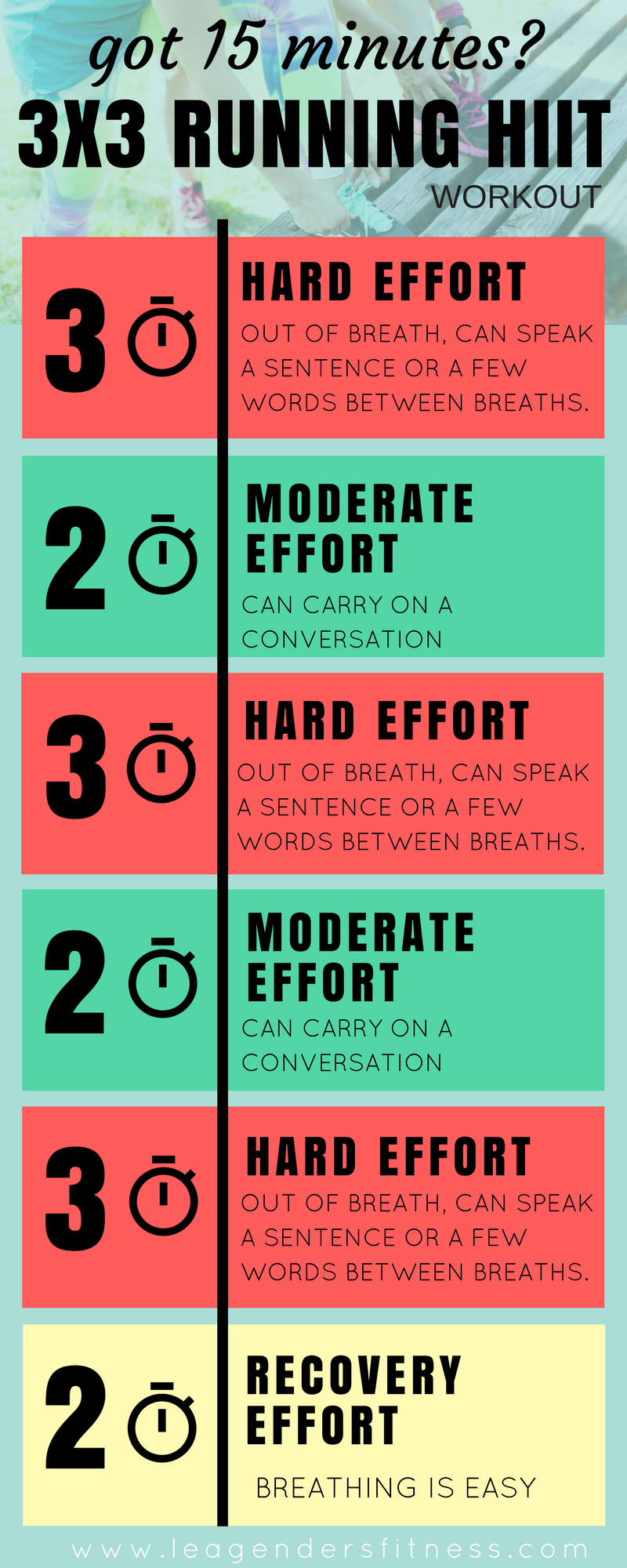Dominate Your Runs: Proven Strategies for Reliable Running Workout
Dominate Your Runs: Proven Strategies for Reliable Running Workout
Blog Article
Taking Care Of Usual Running Pains: Reasons, Solutions, and Prevention
As runners, we often come across various discomforts that can prevent our efficiency and satisfaction of this physical activity. From the devastating pain of shin splints to the irritating IT band disorder, these usual operating discomforts can be aggravating and demotivating. Recognizing the reasons behind these conditions is essential in successfully addressing them. By exploring the origin factors for these operating discomforts, we can uncover targeted remedies and precautionary actions to ensure a smoother and more satisfying running experience (find more info).
Typical Running Pain: Shin Splints
Shin splints, a common running pain, frequently result from overuse or incorrect shoes throughout physical activity. The repetitive stress on the shinbone and the cells attaching the muscular tissues to the bone leads to swelling and discomfort.
To protect against shin splints, people must slowly increase the intensity of their workouts, wear suitable footwear with correct arch assistance, and maintain adaptability and strength in the muscles bordering the shin (running strategy). Furthermore, integrating low-impact tasks like swimming or biking can assist maintain cardiovascular fitness while permitting the shins to heal.
Common Running Discomfort: IT Band Syndrome
In addition to shin splints, another prevalent running discomfort that professional athletes frequently experience is IT Band Syndrome, a condition triggered by swelling of the iliotibial band that runs along the outer thigh and knee. IT Band Disorder commonly shows up as pain outside of the knee, specifically during activities like running or biking. The iliotibial band is a thick band of fascia that attaches the aware of the shin, and when it comes to be swollen or tight, it can massage versus the upper leg bone, bring about pain and discomfort.
Joggers experiencing IT Band Disorder might see a stinging or hurting experience on the external knee, which can get worse with ongoing activity. Factors such as overuse, muscular tissue inequalities, improper running type, or poor workout can add to the development of this problem. To avoid and alleviate IT Band Disorder, runners must concentrate on extending and enhancing exercises for the hips and upper legs, proper footwear, steady training development, and dealing with any biomechanical concerns that might be aggravating the trouble. Overlooking the symptoms of IT Band Disorder can bring about persistent issues and long term healing times, emphasizing the importance of very early treatment and appropriate management methods.
Common Running Pain: Plantar Fasciitis

Plantar Fasciitis can be credited to numerous factors such as overtraining, improper shoes, working on tough surface areas, or having high arcs or flat feet. To protect against and alleviate Plantar Fasciitis, joggers can incorporate stretching workouts for the calves and plantar fascia, put on helpful shoes, preserve a healthy weight to minimize pressure on the feet, and slowly enhance running intensity to prevent unexpected tension on the plantar fascia. If signs and symptoms persist, it is advised to speak with a healthcare professional for proper diagnosis and therapy options to address the condition efficiently.
Common Running Discomfort: Runner's Knee
After resolving the difficulties of Plantar Fasciitis, another common issue that runners commonly encounter is Jogger's Knee, an usual running discomfort that can hinder sports performance and cause pain throughout physical task. Jogger's Knee, also understood as patellofemoral pain syndrome, materializes as pain around or behind the kneecap. Runners experiencing this discomfort may feel a boring, hurting discomfort while running, going up or down stairways, or after long term durations of sitting.
Usual Running Pain: Achilles Tendonitis
Generally afflicting joggers, Achilles Tendonitis is an uncomfortable problem that impacts the Achilles tendon, Learn More causing pain and potential limitations in physical task. The Achilles tendon is a thick band of cells that attaches the calf bone muscle mass to the heel bone, crucial for activities like running, leaping, and walking - great tips. Achilles Tendonitis frequently creates as a result of overuse, incorrect shoes, poor extending, or unexpected increases in exercise
Signs And Symptoms of Achilles Tendonitis consist of pain and stiffness along the ligament, especially in the morning or after durations of lack of exercise, swelling that intensifies with task, and potentially bone stimulates in persistent instances. To stop Achilles Tendonitis, it is vital to stretch effectively previously and after running, wear suitable shoes with appropriate assistance, progressively enhance the strength of workout, and cross-train to decrease recurring tension on the ligament. Treatment may involve rest, ice, compression, altitude (RICE protocol), physical treatment, orthotics, and in severe situations, surgical treatment. Early treatment and proper treatment are important for handling Achilles Tendonitis successfully and preventing lasting problems.
Conclusion

Report this page